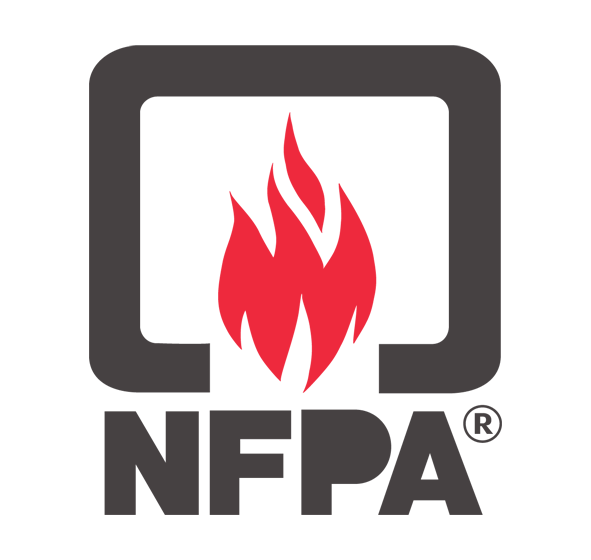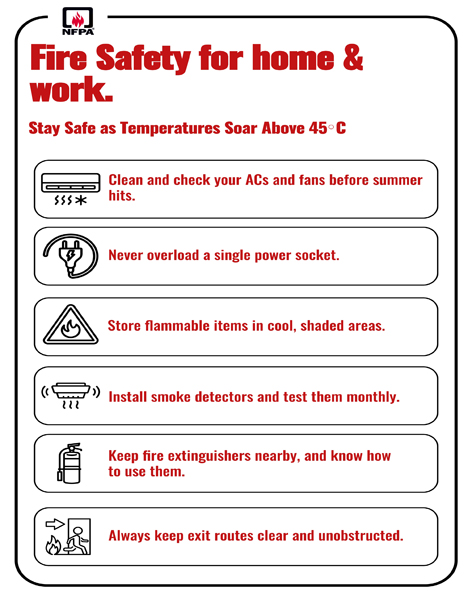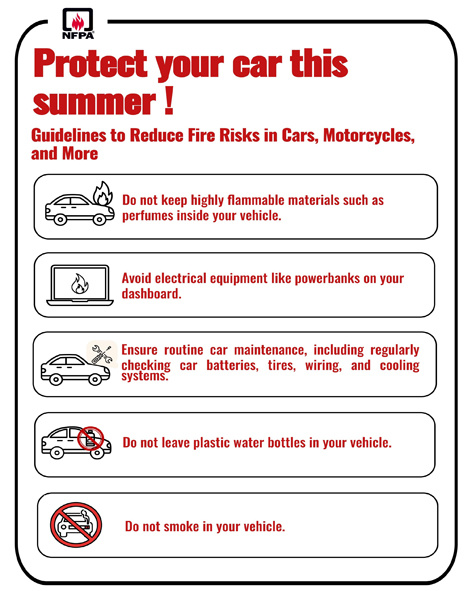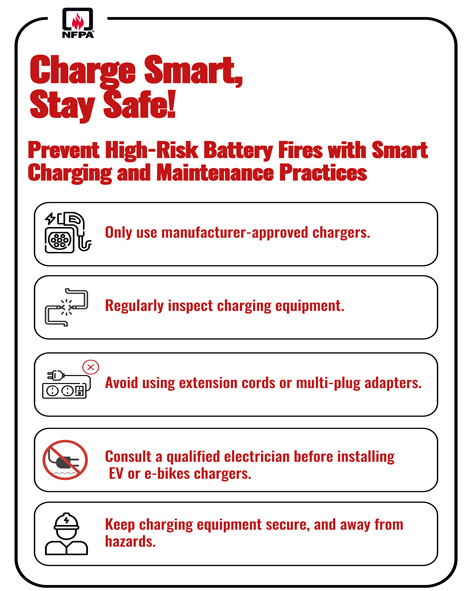Women in Aviation (WIA) General Assembly in Riyadh during Global Airports Forum (GAF)
Essential fire safety guide for a worry-free summer

As temperatures soar above 45°C in the region, the extreme summer heat brings heightened fire and life safety risks. Everyday items like electrical equipment left in direct sunlight, improper charging setups, or overheated vehicles can quickly become fire hazards, especially when basic precautions are overlooked. To help reduce these risks, NFPA codes, standards, and safety protocols are being actively used by government bodies and private organizations across the region, shaping a culture of prevention through inspections, training, and emergency preparedness. This summer, take simple but critical steps to protect your home, workplace, and community by following the below essential fire safety guide.
Residential and Commercial spaces

Whether at home or in the workplace, fire safety depends on both well-maintained infrastructure and responsible behavior. It’s essential that all occupants are familiar with basic fire safety protocols and take the following precautions:
- Service cooling systems before peak summer use
Ensure that all air conditioners and fans are clean, in good working condition, and free of dust build-up before running them continuously. Proper maintenance helps prevent overheating, which can pose a serious fire hazard.
- Avoid overloading electrical outlets
Overloading a single socket with multiple appliances can cause overheating and increase the risk of electrical fires.
- Store flammable items safely
Store flammable liquids and materials in shaded, well-ventilated areas, away from direct sunlight and heat sources. Common household flammable liquids include cooking oils, paints, cleaning agents, and any products containing oil or alcohol. Flammable materials can include paper, cardboard, fabric, plastic, and wood-based items.
- Install and test smoke alarms regularly
Smoke detectors and fire alarms should be installed in all areas of the home or workplace and tested regularly, at least once a month, to ensure they are functioning properly.
- Keep fire extinguishers within easy reach
Ensure all household members or staff are trained to use them in case of emergency.
- Maintain clear exit routes
Stairwells, hallways, and emergency exits must always be kept clear.
Safety on the Roads

From two-wheelers to four-wheelers, vehicles are a major source of fire incidents during the summer months. Civil defense authorities in most countries of the region have been issuing regular warnings urging the public to exercise extra caution. Follow the guidelines below to help keep the road transport safe and fire-free.
- Do not keep highly flammable materials inside your vehicle
From plastic water bottles to hand sanitizers, alcohol wipes, and perfumes, these products are prone to explode when exposed to extreme heat. Be sure to check your car after each use to ensure none are left inside.
- Avoid electrical equipment on your dashboard
Mobile phones, power bank and other battery-powered devices should not be kept under direct sunlight. These too can explode and cause fire outbreaks.
- Ensure routine car maintenance
Have your car batteries, wiring, and cooling systems checked regularly and open your petrol tank once a day when parked to let out the heat.
Electric Mobility, from EVs and electric bikes

From electric bikes to electric vehicles (EVs), electric mobility comes with its own set of fire risks. Powered by lithium-ion batteries, these vehicles can ignite quickly and burn at extremely high temperatures, making fires difficult to control and often releasing harmful gases. The precautionary measures below will help you safely maintain your electric mobility and reduce potential hazards.
- Charge safely and in the right environment
Only use manufacturer-approved chargers in dry, well-ventilated, low-traffic areas to reduce the risk of overheating and fire.
- Avoid using extension cords or multi-plug adapters
These can cause electrical overload and increase the risk of fire during battery charging.
- Check chargers and cables for damage
Regularly inspect charging equipment for frayed wires, heat damage, or other signs of wear.
- Keep charging equipment secure and away from hazards
Charging stations should be kept out of reach of children and pets, and away from water or flammable materials.
- Consult a licensed electrician before installing EV or e-bikes chargers at home
Ensure your home’s electrical system can safely support electric bikes charging to prevent short circuits or overheating.
By following these simple guidelines by the National Fire Protection Association® (NFPA®), you can enjoy a safer summer with greater peace of mind, knowing you have reduced the risk of preventable fires. And remember, whenever expert advice is necessary, always consult a certified professional to ensure full compliance with the relevant safety standards.
For more guidelines from NFPA on keeping your electric vehicle and other electric mobility safe, visit fire safety https://www.nfpa.org/education-and-research/electrical/electric-vehicles and https://www.nfpa.org/education-and-research/electrical/ebikes.
Stay alert and informed! Watch, listen to, and share public safety videos and tips released by authorities in your country, and make sure your family knows how to respond and who to contact in case of an emergency.







